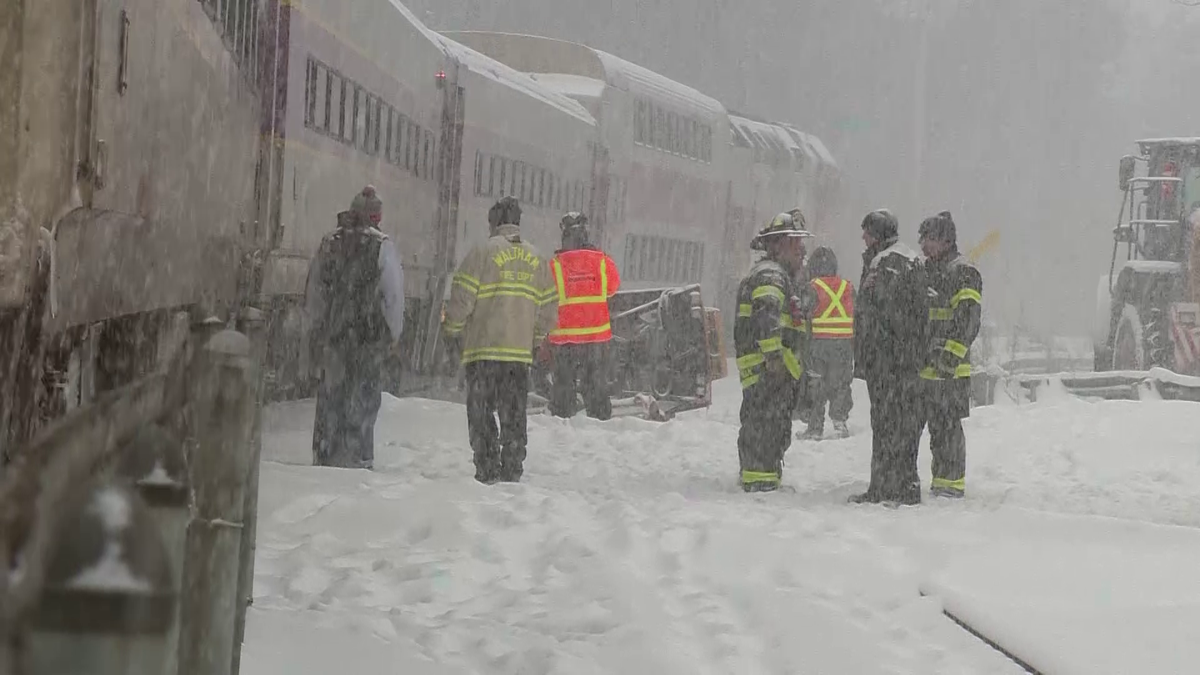HelloBostonHi
Senior Member
- Joined
- Apr 17, 2018
- Messages
- 1,480
- Reaction score
- 4,113
If I remember correctly the gates included a barcode scanner that could read Amtrak tickets. The plan is for North Station, South Station, and Back Bay so having Amtrak Integration is key. I don't know what ticketing backend Amtrak uses but having an API that allows basic access to verify a scanned ticket should be really simple in this day and age and is commonplace abroad. In the UK the way it works is regional networks are responsible for adding support for the national standard, not the other way around, so the MBTA/SEPTA/etc would be responsible for supporting the Amtrak standard in addition to their own, Amtrak is only responsible for providing some kind of standardized backend access that allows verification.Yeah I wonder how this would be managed with Downeaster customers needing access to the platforms as well. Amtrak can’t possibly be expected to create a tappable/scannable ticket or app that is compatible with every regional rail network.
The SEPTA implementation sounds terrible.
There is a board meeting tomorrow that includes discussion of fare transformation, I'd guess that page was supposed to go live around or after that. https://www.mbta.com/events/2022-02-24/board-meeting-mbta-board-directors-virtual


